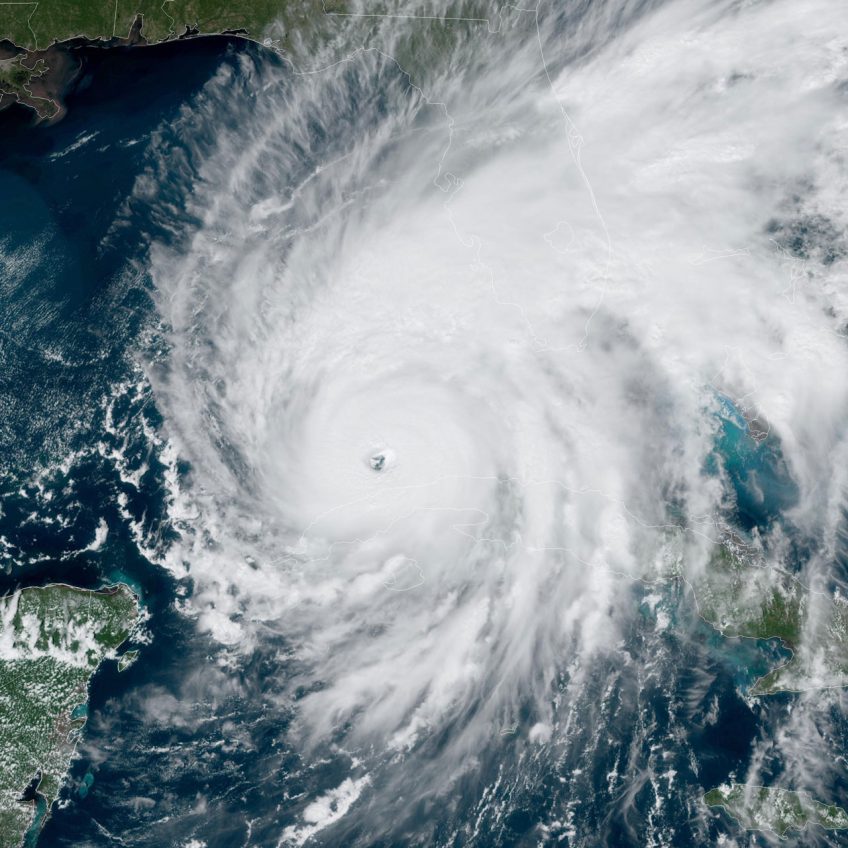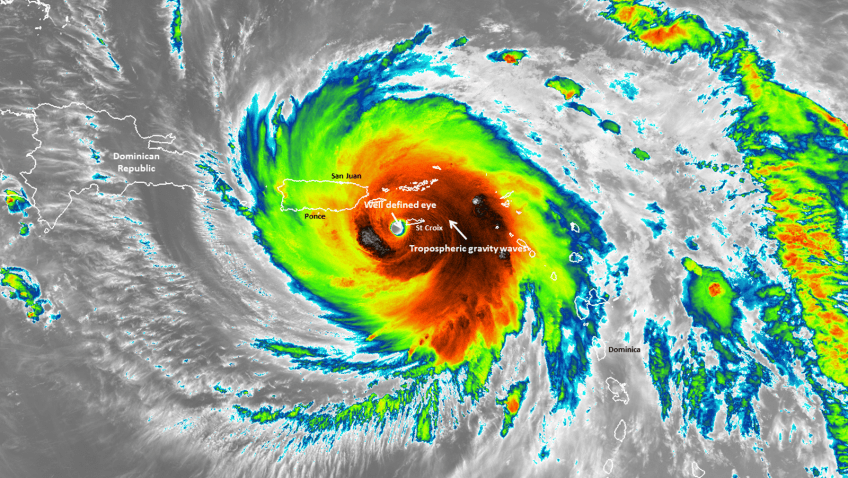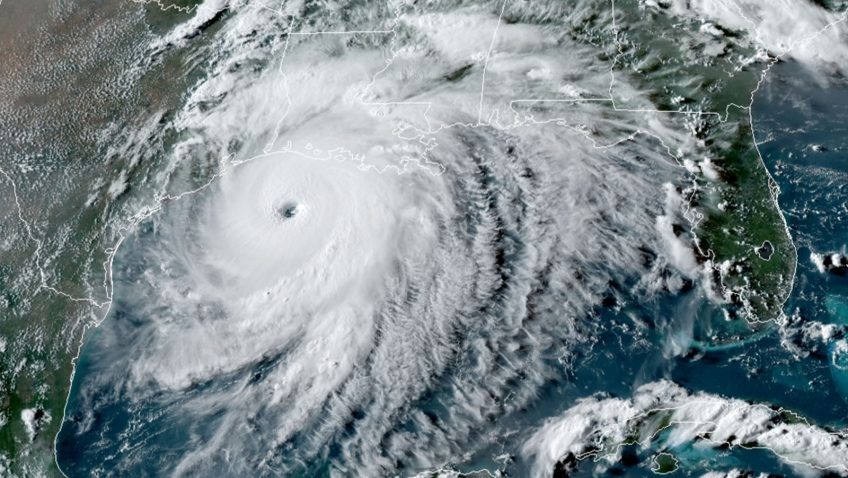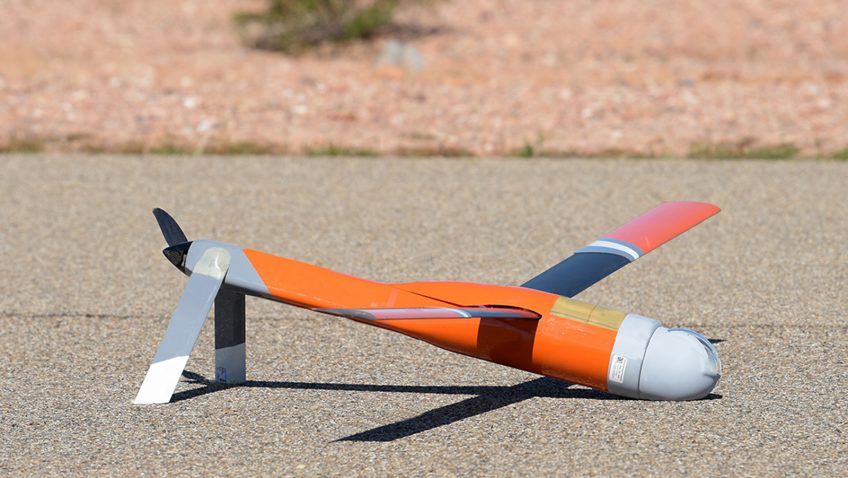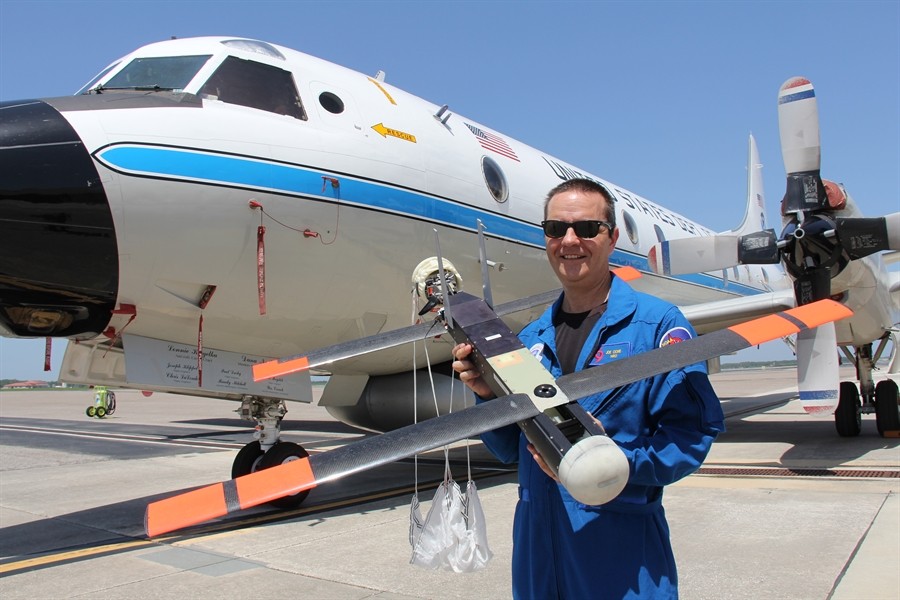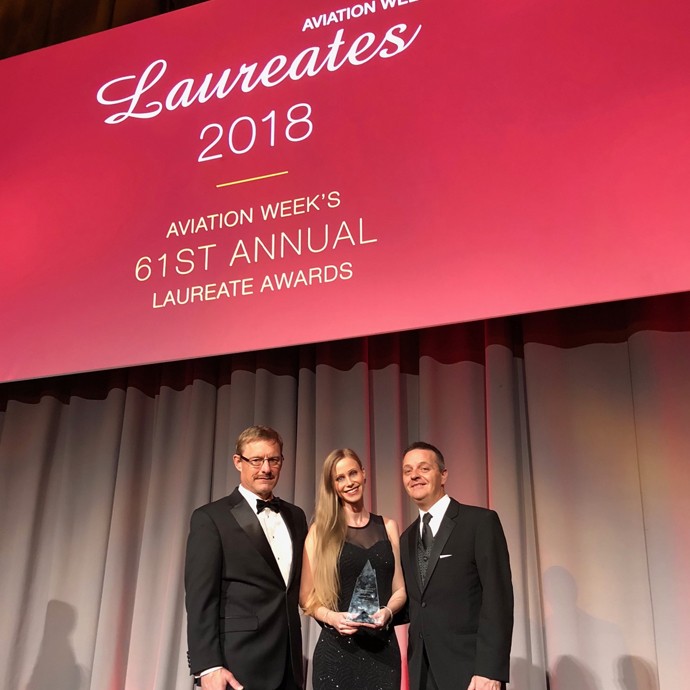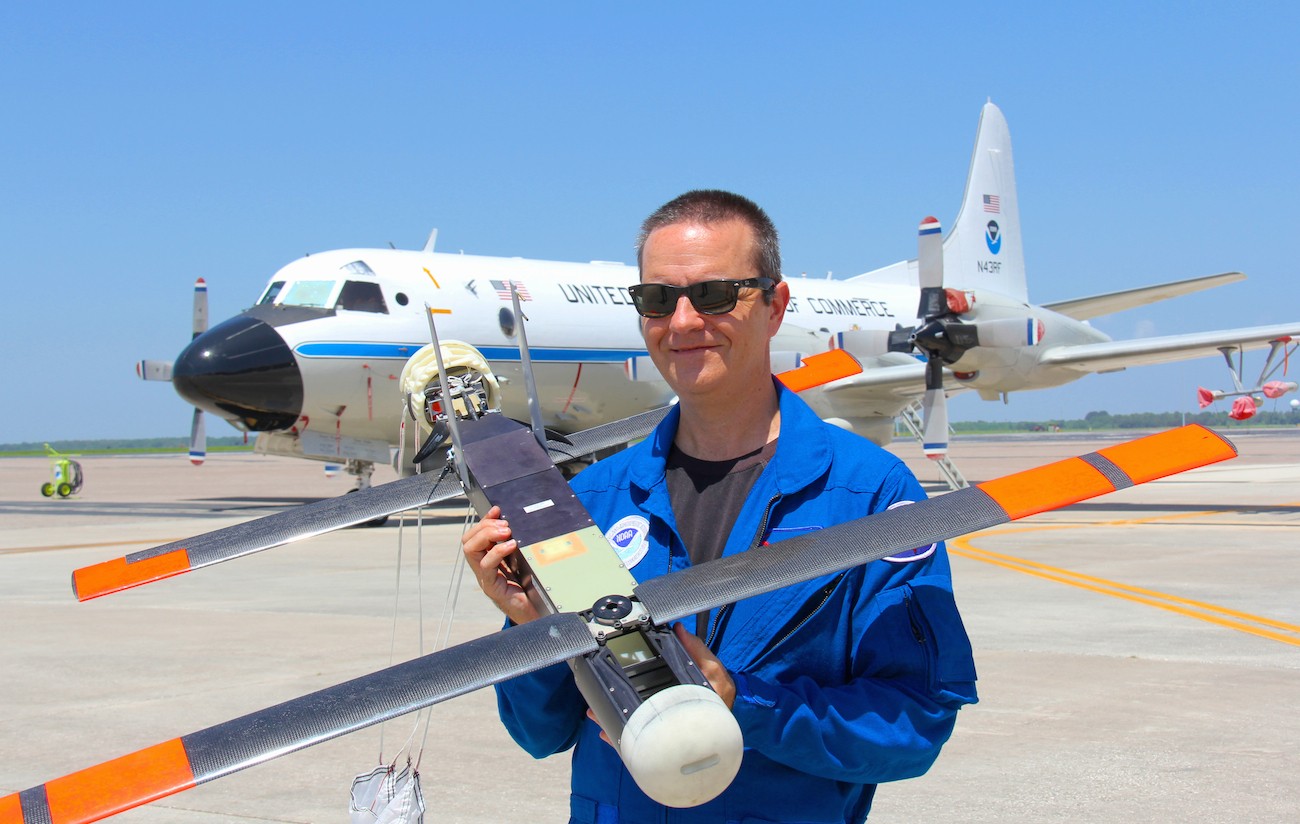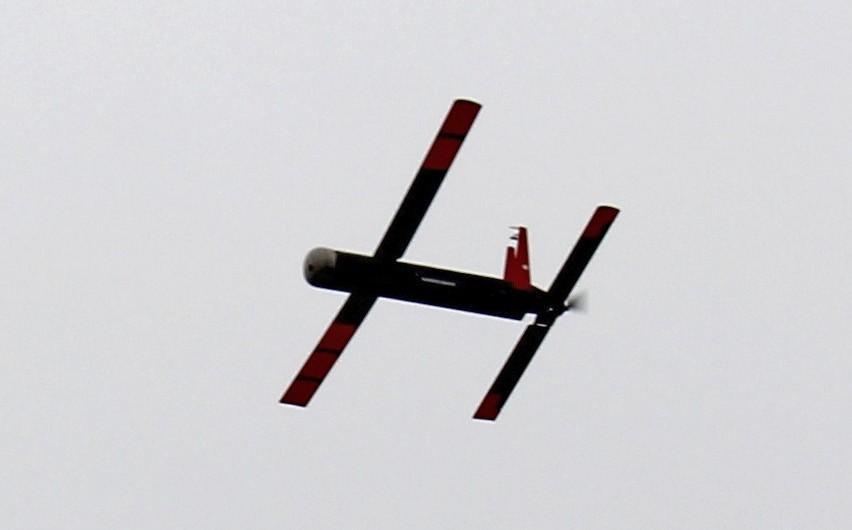NOAA deploys new Altius drone into the eye of Hurricane Ian
An Area-I Altius-600 uncrewed aircraft system was deployed from a NOAA WP-3D Orion Hurricane Hunter aircraft (N42RF, “Kermit”) into Hurricane Ian by scientists from NOAA’s Atlantic Oceanographic and Meteorological Laboratory
